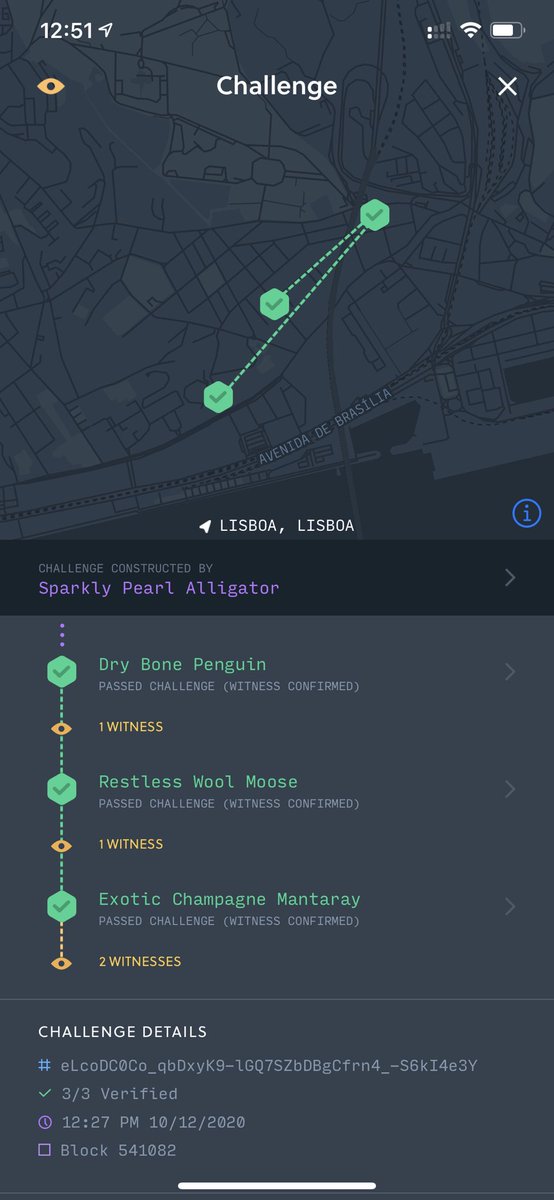
Hotspots earn $HNT for building and securing network infrastructure and transferring device data. The amount of $HNT distributed to Hotspots depends on the type of “work” they perform based on the value to the network. Here’s a full breakdown of $HNT mining rewards. 

Hotspots are chosen as a Challenger by the network to issue Challenges (encrypted messages over the internet) to a selected Hotspot, receiving 0.95% of token rewards for doing so. Hotspots can issue challenges to any location around the world 🌎, not just to local Hotspots. 

Challengees, the "beaconing" Hotspot in a Challenge, are rewarded with 5.31% of the total token distribution for sending out Challenges to be witnessed by nearby Hotspots 📡. 

Hotspots that monitor and report Proof of Coverage activity of other Hotspots as a Witness receive 21.24% of minted $HNT depending on how much activity they’ve witnessed and the reward scaling of the Challengee. 

Finally, up to 32.5% of minted $HNT is distributed to Hotspots that transfer #IoT data from devices on the network. The amount of $HNT is allocated proportionally based on the amount of data a Hotspot transfers from nearby devices. 

Read more about the full breakdown of $HNT mining rewards on @Helium Docs: bit.ly/30Z41e8.
• • •
Missing some Tweet in this thread? You can try to
force a refresh







